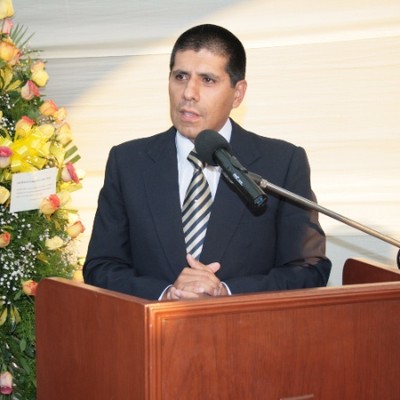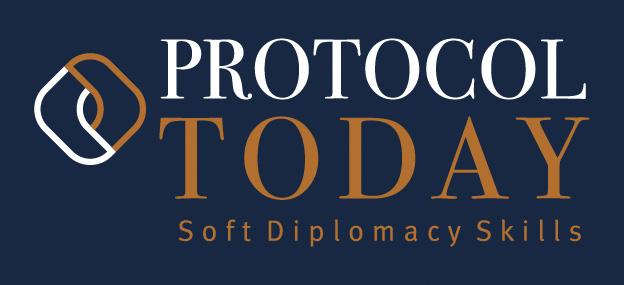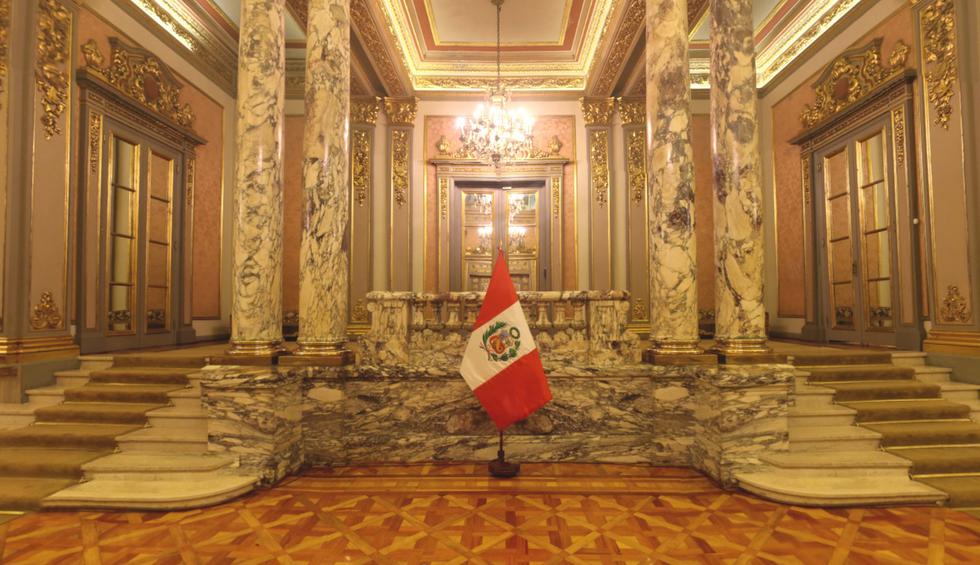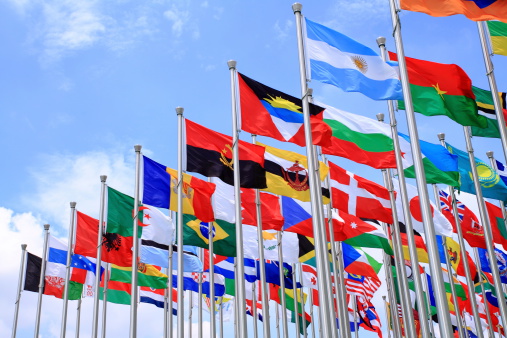En estos tiempos, no saber de principios de NETiqueta, es prácticamente equivalente a no saber leer o escribir, dado que es la forma en la que nos comunicamos en los últimos años y hacerlo de manera incorrecta, nos puede ocasionar muchos problemas.
Aunque parezca increíble y a pesar de que este término fue tomando forma hace casi 30 años, mucha gente aún no lo conoce y si han oído hablar de él, no le han prestado en muchos casos, la atención necesaria.
Gracias a la evolución de las redes, la difusión de las muchas normas de esta área de conocimiento no se hace tan complicada como hubiera sido un proceso de alfabetización en siglos pasados; sin embargo, es difícil encontrar a gente capaz de reconocer que tiene mucho que aprender en relación a esta rama, ya sea por falta de humildad o porque cuesta creer que es necesario manejar principios de comportamiento para algo tan sencillo como escribir y hacer uso de los variados recursos que la tecnología facilita hoy en los dispositivos electrónicos que tenemos a nuestro alcance.
Es imperioso que se convierta en una materia académica, pero hasta que eso ocurra en el mundo entero, vamos paso a paso buscando profundizar en cada uno de los aspectos que involucran el amplio conocimiento de la NETiqueta bajo un enfoque global empresarial. Para dar inicio a esta tarea, nos abocaremos a la publicación “Netiquette”, libro de Virginia Shea que muchos conocen, en el que se dio a conocer por primera vez “The 10 Core Rules of Netiquette” (Las 10 Reglas básicas de comportamiento en la Red) hace 27 años atrás, en 1994. ¡Empecemos!
Recuerde al humano.
En la comunicación en línea, es muy fácil olvidar que hay un ser humano que va a recibir nuestros mensajes o, alguien detrás de las palabras que leemos. Es sencillo responder a un comentario negativo porque se lee en una pantalla en lugar de mirar a los ojos de una persona. Existe una especie de “libertad” implícita y mal llevada, que muchas veces alienta a actuar o escribir, sin medir consecuencias de manera prudente.
Al no ser un medio presencial, no sabremos con certeza el tono, la emoción, la intención, la expresión del que transmite y recibe un texto o inclusive, la intensidad de un mensaje y esto, puede llevarnos a malas interpretaciones con consecuencias graves e irreversibles. Una mala interpretación, crea una pésima imagen de alguien que ni siquiera se conoce – (En la red, “la primera impresión” tiene más fuerza que en el mundo presencial) – puesto que la manera de expresarse, la forma de respuesta, la atención prestada, la diligencia y otros aspectos de comportamiento, marcan pautas importantes en la percepción de quien nos lee, más aún en el mundo de los negocios.
Tenemos que entender que una mala comunicación en línea, además de mostrar una imagen negativa o equivocada, podría romper con relaciones, destrozar una reputación o crear conflictos grupales importantes.
No es extraño que, en el mundo empresarial de hoy, las juntas se hayan convertido en informes por correo electrónico, videollamadas o videoconferencias y que los instructivos y llamadas de atención que se debían dar de forma personal, ahora se den mediante un mensaje de chat o una comunicación en línea. De la misma manera, los grupos de chat corporativos, son algo tan cotidiano, como la necesidad de un registro de Recursos Humanos y aquí, debemos preguntarnos si el o los administradores de dichos grupos, tienen la capacidad para consolidar a ese grupo de gente, con las características y habilidades de un Relacionista Público; comprendiendo que está en ese puesto, no sólo para agregar o eliminar participantes y tal vez bloquear o censurar ciertas publicaciones. Su función requiere de mayor responsabilidad, dado que está a cargo de varias personas que no pueden verse entre sí y que, por una inclinación cerebral negativa ante un sistema de comunicación que no brinda la claridad de lo que se dice y se quiere decir, van a tender a mal interpretar o mal reaccionar ante una infinidad de mensajes o instrucciones ambiguas que llevan a una serie de disgustos y dificultades que no siempre son fáciles de subsanar.
Por otro lado, no nos olvidemos que toda persona tiene derecho a privacidad y tiempo libre, por lo que, considerar que el chat de la empresa es una extensión de la oficina, es un grave error. Se deben respetar los horarios y días libres, fuera de horario laboral y los administradores de grupos empresariales o los jefes, deben conducirse bajo normas de respeto y del emblema de dar a los demás, la misma consideración que esperamos para nosotros.
Es necesario recalcar, que el contacto en línea, no permite una comunicación implícita, por lo tanto, se torna ambigua y es fácil ofender u ofenderse. Existe un gran riesgo por el sesgo de negatividad que nuestra mente programa para interpretar la ambigüedad como negativa. Nuestros mensajes deben ser pensados con cuidado para ser enviados y se requiere de una mente abierta para leer los recibidos. ¿A quién no le ha pasado vivir el miedo del fantasma del mensaje que no llega con la idea de que es un mensaje desagradable? Y cuando llega, si el mensaje es ambiguo, nuestro cerebro va a divagar hacia la peor interpretación posible. Por esto, es importante trabajar para asumir una intención positiva de parte de nuestro emisor y dar una interpretación positiva al leer. Si tenemos la convicción de que tiene un trasfondo negativo, hagamos una pregunta explícita en la forma más respetuosa posible, para salir de dudas. Bajo todas estas consideraciones, tenemos la obligación de apuntar a una ambigüedad mínima o nula en nuestros mensajes con una actitud transparente y confiable. El sarcasmo, puede ser genial para muchos y en muchas ocasiones, pero el chat no es el canal adecuado.
Una pared de contención, es pensar si nuestras palabras escritas, podrían ser manifestadas de frente. Es muy fácil escribir palabras o comentarios negativos porque no vamos a ver la expresión de desagrado, ira, frustración o inclusive dolor, de quien los recibe. Si la respuesta es no, revisemos y re escribamos hasta que tengamos la certeza de que no estamos enviando algo que realmente no deseamos enviar. Cuando los mensajes involucran emociones, será mejor esperar que pase el tiempo y si es indefectible, optar por el mensaje cara a cara o el teléfono. Si existe una circunstancia extrema en que debamos manifestar algo que sabemos, no hará feliz al receptor, tratemos de que nuestro mensaje transmita a cabalidad lo que se requiere expresar y así, evitar mal interpretaciones, como es el caso de una llamada de atención o un despido que no se puede dar de forma directa, por problemas de distancia o conexión.
Tomando en cuenta la condición humana de nuestros receptores, no enviemos mensajes ofensivos o fuera de lugar, que pueden ser guardados y divulgados. Recordemos que una vez que enviamos, perdemos el control de a dónde pueda llegar. Seguramente la persona agraviada, se sentirá en el derecho de dar a conocer la ofensa si las circunstancias lo requieren, llegando inclusive a estratos legales como pruebas difamatorias u otra tipificación mayor. Está el caso de Oliver North, usuario del sistema de correo electrónico de la Casa Blanca, PROFS, que de forma ingenua y diligente eliminaba notas incriminatorias que mandaba o recibía, pero ignoraba que, en otro lugar de la Casa Blanca, los encargados de sistemas, almacenaban dichas notas que fueron luego usadas como evidencias en su contra en el juicio en el que fue condenado.
Para cerrar, está la referencia del mundo comercial, en que el chat se ha convertido en el canal favorito de los clientes, por que facilita respuestas instantáneas y, cuando es un chat en vivo, se muestra un lado “humano” como parte de la marca corporativa. Adicionalmente, se ha comprobado, que las empresas que ofrecen servicios adecuados de chat, tienen un crecimiento del 6%.
En el lado opuesto, está un 47% de consumidores que se queja por no tener una experiencia positiva de chat y no se debe a las respuestas que pueda dar la persona encargada de informar o atender, sino, a cómo las escribe o manifiesta, lo que puede desmejorar la experiencia del cliente en un amplio porcentaje. Esa mala experiencia puede tornarse aún más dramática, si la persona encargada de la atención en chat no tiene los conocimientos de NETiqueta en cuanto a atención y servicio en redes se refiere; y dicha experiencia podría convertirse en desastrosa por no tener la capacidad de asumir que se está tratando con un cliente que manifiesta una necesidad, en muchos casos, cargada de emociones que no podemos ver, pero, que se deben prevenir respondiendo con las medidas necesarias. El no hacerlo por falta de conocimiento, ocasiona un gran perjuicio en el crecimiento empresarial, pero este tema, será tratado ampliamente, en otro acápite.
- No categories
Share this article

Writer by Wilfredo Pérez, Teacher, communicator, and consultant in protocol, ceremonial, social etiquette, and public relations.
3 June 2022, Peru
Category: Business Protocol
Reference: WP03062022BP
Translation and review by Eric Muhia









